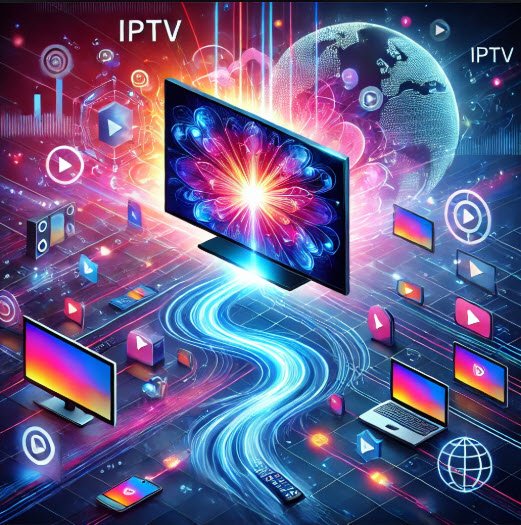
Introduction
The way we consume television is evolving rapidly. Traditional cable and satellite TV services, once dominant, are witnessing a steady decline. With the rise of high-speed internet and changing viewer preferences, Internet Protocol Television (IPTV) has emerged as a game-changer. This blog explores why IPTV is taking over the market and what it means for the future of entertainment.
What is IPTV?
IPTV stands for Internet Protocol Television, a technology that delivers television content over the internet rather than through traditional terrestrial, satellite, or cable formats. Unlike conventional TV broadcasting, IPTV offers:
- On-demand streaming: Access to movies and TV shows anytime.
- Live TV: Watch real-time broadcasts of sports, news, and events.
- Time-shifted media: Replay shows and programs you missed.
IPTV services and live TV providers are setting new standards for TV viewing.
The Rise of IPTV
Several factors have contributed to the rapid adoption of IPTV:
- Technological advancements: Faster internet speeds and improved devices have made streaming seamless.
- Changing consumer behavior: Viewers now prefer personalized, on-demand content over rigid schedules.
- Affordability: IPTV often costs less than traditional TV packages, making it accessible to more users.
Key Advantages of IPTV Over Traditional TV
IPTV provides several benefits that are hard to ignore:
- Flexibility and Accessibility: With IPTV, you can watch your favorite shows on various devices—smartphones, tablets, smart TVs, or laptops—anytime and anywhere.
- Cost-Effectiveness: IPTV subscriptions often include vast libraries of content at a fraction of the price of cable packages.
- Enhanced User Experience: Advanced features like content recommendations, interactive options, and superior video quality (HD/4K) enhance viewing.
- Smart Home Integration: IPTV services can seamlessly integrate with smart home systems, enabling voice-controlled navigation and personalized settings.
Challenges Facing IPTV Adoption
Despite its advantages, IPTV adoption isn’t without challenges:
- Bandwidth Requirements: High-quality streaming demands fast and stable internet connections, which may not be available everywhere.
- Legal and Copyright Issues: The accessibility of global content raises concerns about licensing and piracy.
- Market Competition: With so many IPTV providers, service quality and content availability vary, complicating consumer choices.
Future Trends in IPTV
The IPTV market continues to evolve, driven by emerging trends:
- AI and Machine Learning: Enhanced algorithms will offer personalized recommendations and adaptive streaming quality.
- 4G Connectivity: The rollout of 4G networks will reduce latency and improve streaming, making IPTV more accessible in remote areas.
- Niche and Regional Content: Providers are investing in localized programming to cater to diverse audiences.
- Virtual and Augmented Reality: IPTV platforms may integrate immersive experiences for live sports and entertainment.
Conclusion
IPTV represents the future of television, offering unparalleled flexibility, personalization, and cost-efficiency. As technology continues to advance, IPTV will likely dominate the entertainment landscape, leaving traditional TV formats behind. If you haven’t already, now is the perfect time to explore what IPTV has to offer and embrace the future of television.
To further understand and delve deeper into this topic, I suggest some rich articles that will increase your knowledge and understanding more.
The Future of IPTV: How to Prepare for the Streaming Revolution
This article explores the trends shaping IPTV’s evolution and offers insights on how businesses and consumers can adapt to the streaming revolution.
Vodlix
IPTV Solutions: The Future of Broadcast Video
This piece discusses how IPTV solutions are revolutionizing broadcast video, highlighting benefits like flexible viewing, cost-effectiveness, and high-quality streaming.
Ltn Global
What is IPTV? The Future of Television is Now
This article provides an overview of IPTV, explaining how it uses Internet technology to deliver on-demand content and its growing role in television viewing habits.

